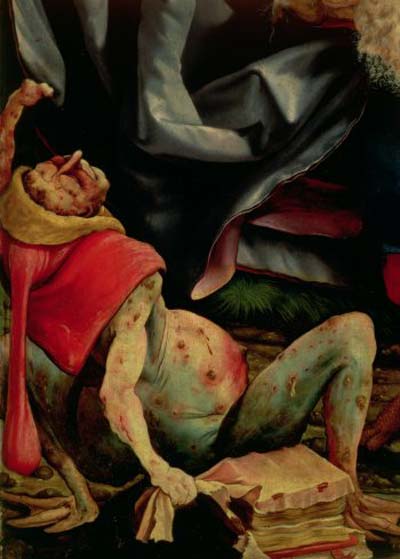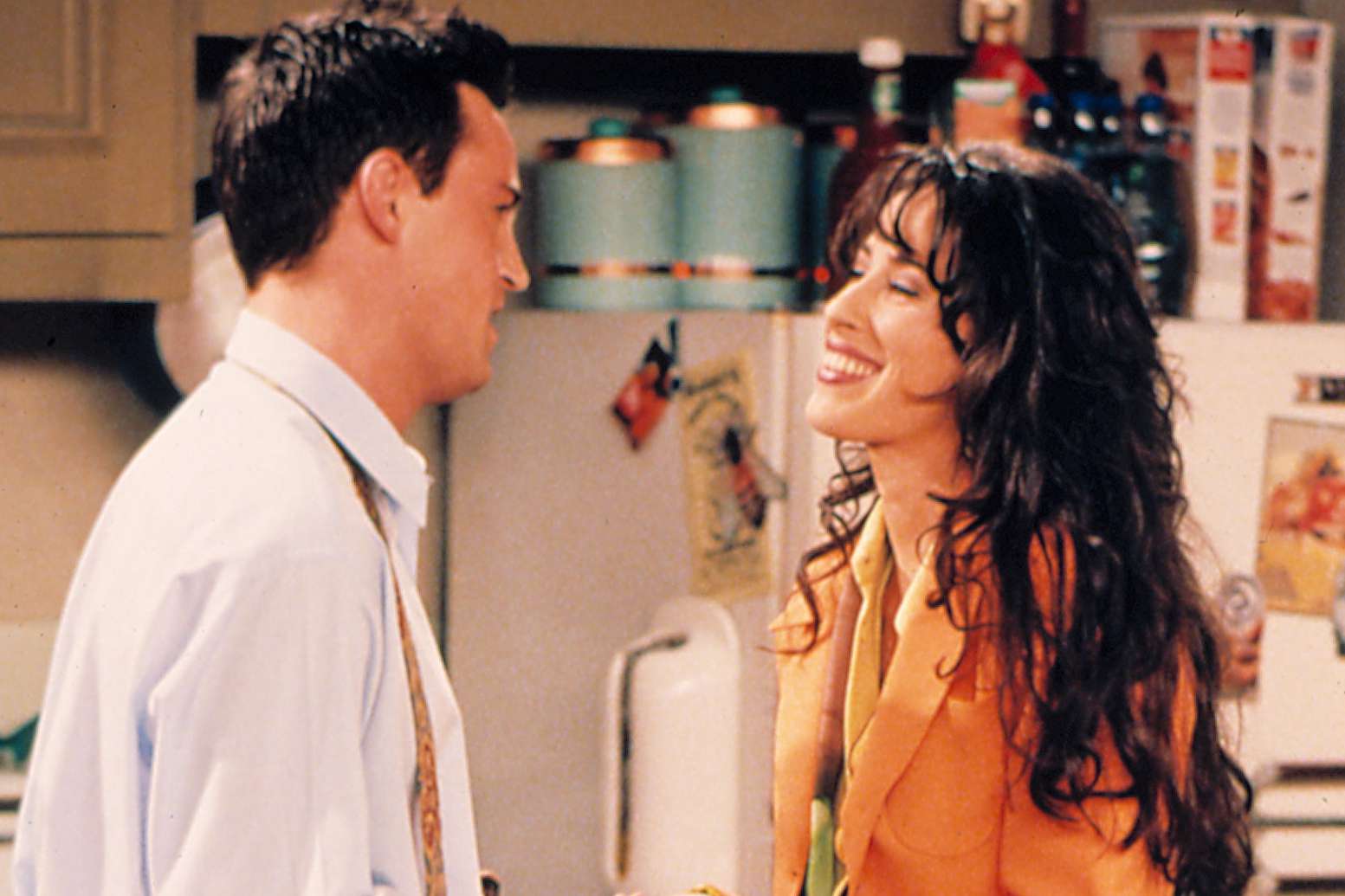I was reading about the Black Death the other day, you know, just to cheer myself up. I might be bored in my office job but at least I don’t have pustulating boils in my crotch, it ain’t all bad. I always knew the Black Death was pretty bleak and all that, but I hadn’t fully comprehended just how atrocious it was.
Best estimates put the European death toll anywhere from 75 million to 200 million between 1348 and 1350. Basically about a third of Europe died. If you take the lower end of that estimate, that means that more than 70 people died every minute, 24 hours a day for two years. That’s a pretty major catastrophe right there. It took 150 years for population numbers to return to pre-plague levels.

There’s many reasons why the plague hit Europe so hard, but one of the major reasons was the dire quality of life in North Western Europe before the plague hit. In the hundred years before the Black Death’s onset they had endured the Little Ice Age which involved harsh winters and consequently crap crops. Food prices soared and malnutrition and poverty were widespread. The average woman popped out five sprogs per womb which gave a huge boost to the population and increased the hardship due to lack of food.
From 1314 onwards there were heavy rains and wet winters that damaged crop supplies even further. The years 1315-1317 saw what was dubbed ‘the Great Famine’, one of the worst famines ever to hit Europe. Millions died in the seven years following 1315. So the population of Europe was in a pretty bad state already. It certainly didn’t need any pestilence showing up and having a go.
☛ More Disease: 10 Of The Weirdest Diseases On Earth















